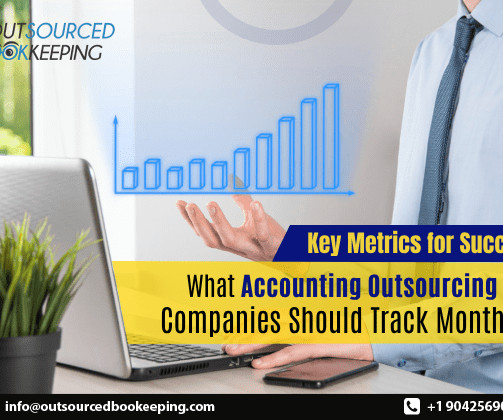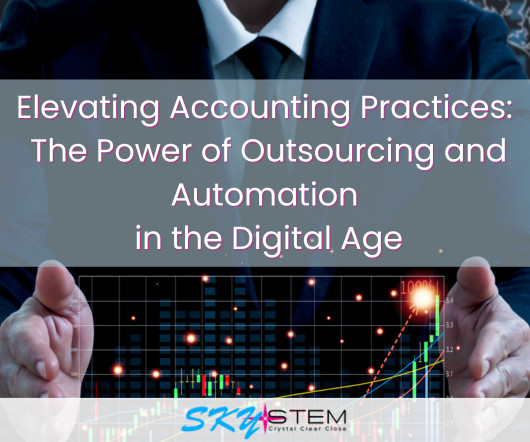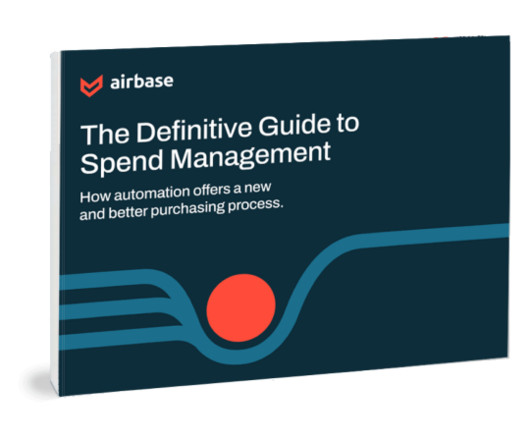Ghost employee definition
Accounting Tools
APRIL 14, 2024
What is a Ghost Employee? A ghost employee is a person who is on an employer's payroll , but who does not actually work for the company. Someone in the payroll department creates and maintains a ghost employee in the payroll system, and then intercepts and cashes the paychecks intended for this person. How to Create a Ghost Employee There are several ways to create a ghost employee.






























Let's personalize your content